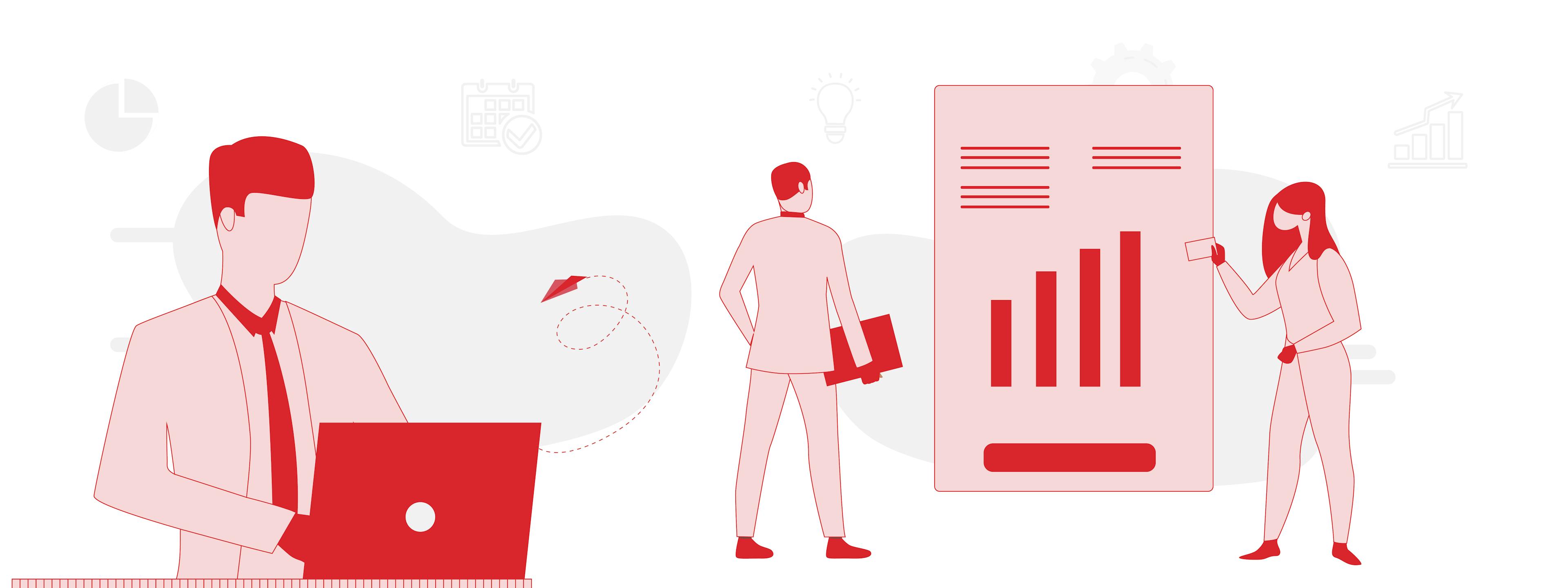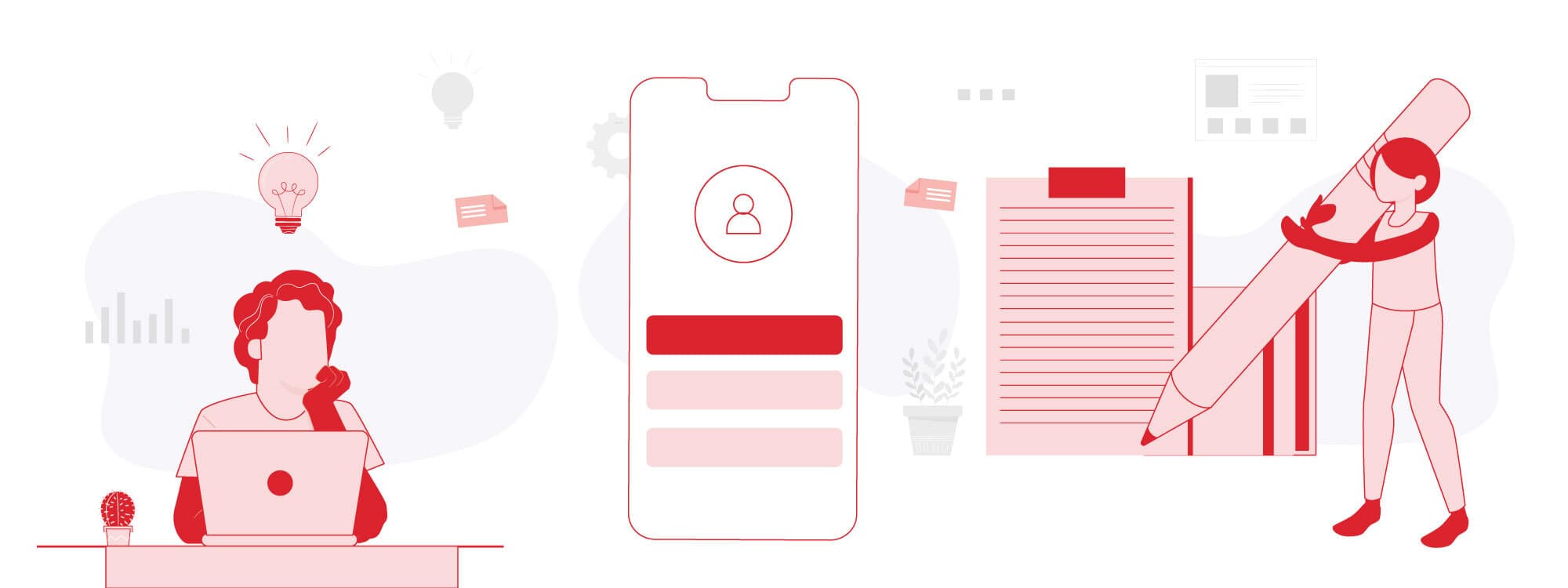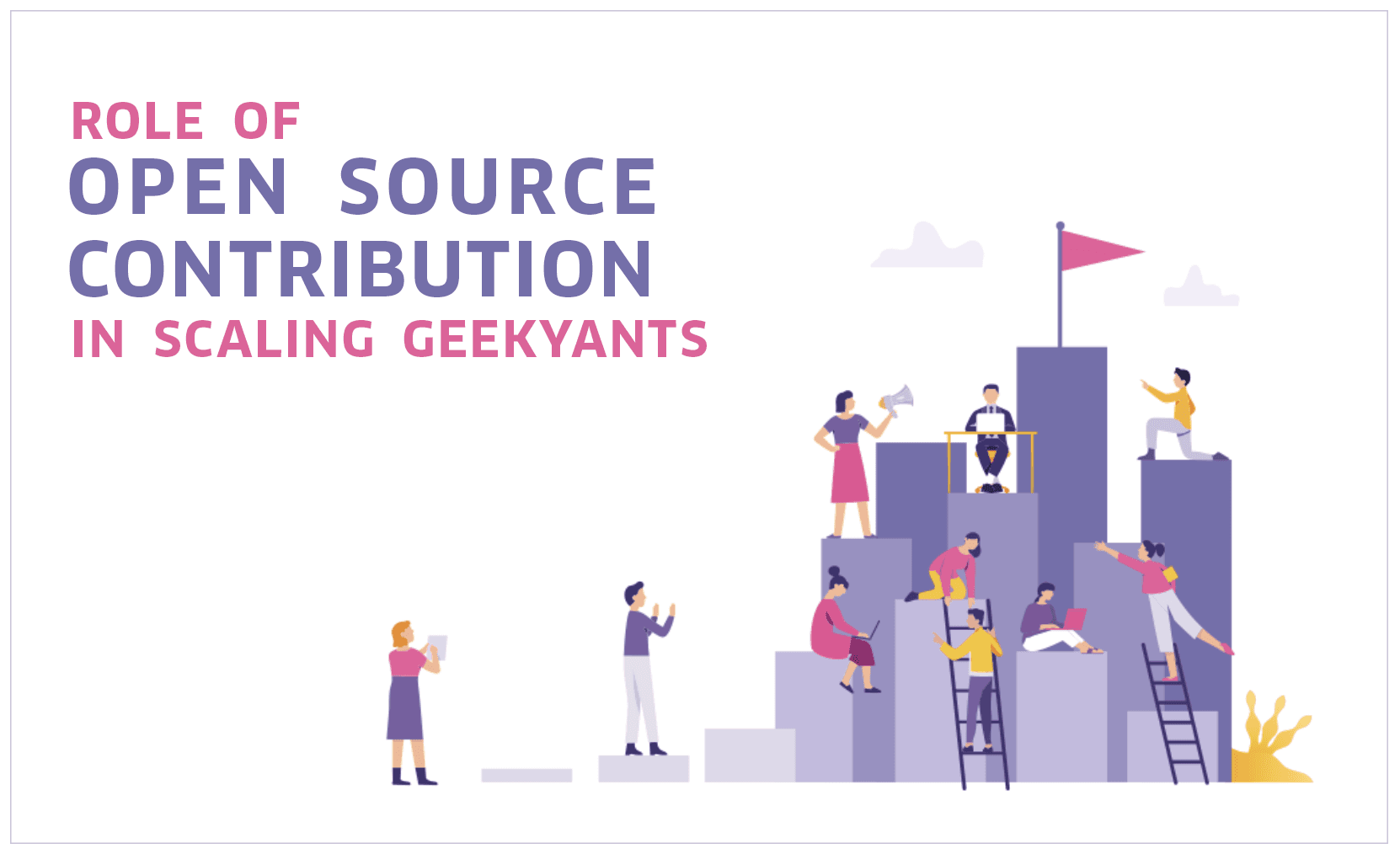Business Engagement Models: Picking The Right One For Your Venture
Author

Date

Book a call
Cost-effectiveness, relationships with partners, having efficient communication processes, etc. are just some of the many aspects of affecting the success of any collaborative venture. What's more; what ensures the start of this great partnership is a correct engagement model that works for both players. An engagement model is, as per its nomenclature, a business model that a company follows to interact, engage and collaborate with its partners during the course of the partnership.
Choosing the right engagement model determines the course of action the project would take while defining the nature of the relationship that will be shared with business partners. The focal point of an engagement model is on the needs and interests of customers. It is of utmost importance to make the right choice as this will influence nearly everything in the task including its quality. For this, it is important to take sufficient time to evaluate the offered models and pick what works best for everyone. Read on to understand more about the kind of engagement models offered by GeekyAnts.
Fixed Timeline and Cost Model
When a partnership follows a Fixed Cost Model, it simply means that the organisation and client concur that they will finish a venture with a predetermined scope within a predefined time period and financial plan. The course of the project is agreed upon and the terms and conditions are established prior to the start of the venture. Not many modifications can be made during the course of the project; i.e., this type of engagement model does not offer much scope for flexibility.
A Fixed Cost Model is perfect for those clients who already have a prefixed plan and design for their app requirements and phases are fixed at start of the project and the client is kept informed of the progress at the end of every phase. Thorough reviews are conducted and the conclusion of each phase and the client is consulted for their feedback.
This engagement model is apt for those who have a thorough idea about their product but require resources and for those endeavors in which precise details are known as to what the end-task is required to resemble. However, for anything that would take longer than a couple of months to create, the other engagement models mentioned below may be considered.
- In 2019, GeekyAnts collaborated with Marigold Health to come up with an innovative one-of -its-kind application which acted as a forum for people with mental health issues to come out and talk anonymously. We agreed upon a Fixed Cost Model for this project as the goal was simple- to revamp and divide the functionality of the existing app into two seperate ones. This path was perfect for this venture as the course of the project was already defined and there weren’t many unknowns.
- In 2018, we partnered up with PopSmartKids Education on their mission to elevate digital learning as a platform by focusing on mentoring. The client-partner already had the designs ready for the application and only required our assistance in bringing it to life, so a fixed cost and timeline model was chosen. The project spanned over a period of four weeks and its conclusion, the client has appreciated us for our problem solving skills and diligence.

Time and Material Model (Resource Augmentation)
Resource Augmentation follows a Time and Material model which guarantees flexibility; i.e., the client pays for the time spent on the project, resources utilised and the details and features that are required to be implemented in app development.
As the world is moving towards a digitalised future, it is important for businesses to do the same to increase marketability. As it is not feasible for every organisation to have a tech team due to financial constraints, it is crucial to outsource talent to develop efficient applications. During the course of a project following this type of an engagement model, the internal staff of the company work in tandem with the augmented resources for the duration of the project. The Time and Material model is perfect for those businesses who already have prefixed designs and a business plan but who additionally require technical expertise to execute the project.
- We teamed up with Jupiter Money whose goal is to provide the millennials of India with a savvy application which would help them monitor their money, and hence, get more value out of their finances. We were required to revamp the existing app and add in extra features. The project followed a Time and Material model as it allowed flexibility for both parties and more scope to experiment and innovate.
- We had the honour of collaborating with Mobile Premier League, a top e-sports platform in India, when they were on a quest to update the UI/UX of their application. Given the nature of the project, a Time and Material model was chosen as this allowed for all the requirements to be implemented and also for reviews from the client. The project is ongoing with new features being implemented regularly and the client is impressed with the current status of the app.
Scrum Model
The Scrum Model is an engagement model that is being used by huge corporations globally as it allows for flexibility during the scope of the project. This type of engagement model is suitable for projects where the scope is unknown. The course of the project is planned as it progresses into multiple iterations called sprints, i.e., it follows the Agile Methodology. The sprints are designed by the contracted company, such that at the end of each sprint, the resultant product is reviewed by the client for feedback and tested by developers before proceeding forward. The Scrum Model also follows a flexible financial plan where the billing is done based on the time spent by the developers. The three main components of a Scrum Model are:
- Product Owner- The role of a product owner is primarily to serve as an intermediary between the two parties involved. It is his/her responsibility to put together the needs of the client and communicate effectively with the Scrum team to execute the proposed plan. The product owner also keeps a track of the progress of the Scrum team and sets goals, while ensuring that deliverables are ready on time and the stakeholders’ expectations are met.
- Scrum Master- The Scrum Master is the facilitator of the Scrum. His/her duties involve planning sprints and taking them forward along with the rest of the Scrum Team and the team’s overall efficiency. The Scrum Master acts as the bridge between the Product Owner and the rest of the team.
- Scrum Team- Scrum Team refers to anyone whose is part of the scrum project including developers, testers, etc.
Conclusion
Ensuring an efficient customer model is an integral part of any venture as it ensures a top-notch customer experience. This in turn, helps in building relationships in the long turn. We hope this brief article has given you a fair idea about how business is conducted at GeekyAnts and will help you to pick the right model for any future business ventures.
Dive deep into our research and insights. In our articles and blogs, we explore topics on design, how it relates to development, and impact of various trends to businesses.


